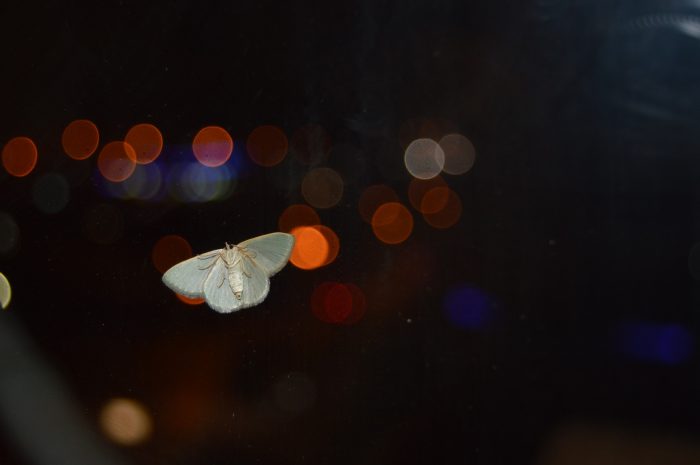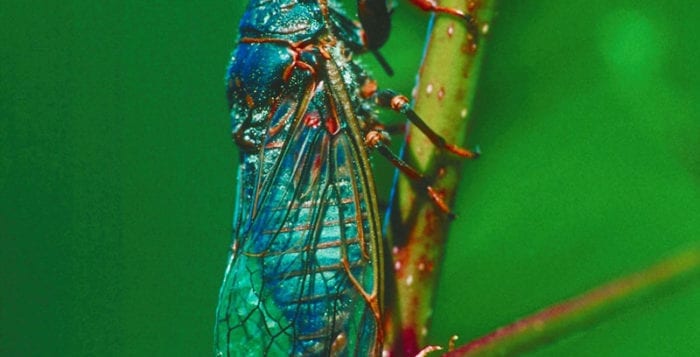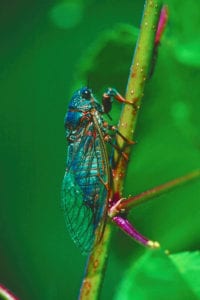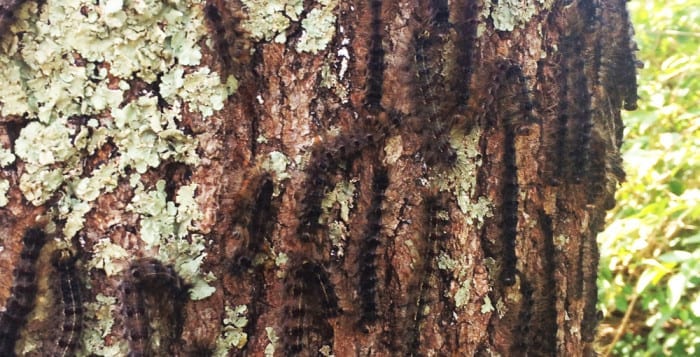By John L. Turner
“For an increasing proportion of the Earth’s surface, the darkest conditions of night no longer occur”
— The Ecological Consequences of Artificial Night Lighting
In 1884 William Dutcher, a well-known New York based ornithologist, published notes on a phenomenon which was receiving a lot of attention by avian conservationists of that time — night-time migrating birds, mostly songbirds of many species, crashing into lighthouses including the Fire Island lighthouse, especially on foggy and cloudy nights. Dutcher recognized, as did many others, the birds were attracted to the bright light of the lighthouse with often fatal consequences. It was one of the first accounts to document what we now know to be a much larger, multi-faceted issue —the negative affects of light pollution.
Today the directed light of lighthouses has been supplemented by the direct and diffused light of countless shopping centers and other commercial complexes, high-rise buildings, homes, airport ceilometers, sports stadiums, communication towers, street lighting, even the annual 9-11 paired tribute that send two powerful beacons of light into the night-time sky of southern Manhattan each September 11th.
Well-lit urban areas have then become traps for many birds as they become entrained within the cities’ collective mesmerizing glow. Like the birds that were victims of collisions with lighthouses, the effects can be just as devastating for these birds today.

Night lighting, in all its myriad forms, not only negatively affects birds but many other animals. A notable example involves sea turtle hatchlings which are attracted to light (a phenomenon called positive phototaxis). To prevent them from moving inland, drawn by the light of street lights and motels, several southeastern states have enacted regulations requiring lights to be as low to the ground as possible and to be shielded.
Other animal groups are affected too. This includes other reptiles, some amphibians, a variety of mammals (including us humans!), fish, some marine invertebrates, and numerous insects, most notably moths and beetles. Even plants can be negatively affected by night lighting!
Many plants and animals, including humans have circadian rhythms which help them to regulate activity and sleep cycles through the production of certain hormones. These hormones are vital to certain life functions such as reproduction, resting/sleep, and migration. In humans a key hormone affected by light is melatonin which plays a significant role in restful sleep and may help to build muscle and body strength by helping the body to generate Human Growth Hormone (HGH); it also may have tumor fighting properties. Unfortunately, too much night light suppresses manufacture of melatonin which, in turn, can cause adverse health impacts including, possibly, several types of human cancer.
Perhaps no other animal is more associated with lighting — being attracted to it and affected by it — than moths (think of those fluttering around your porch and patio lights). I vividly remember a bird tour I led to western Texas many years ago. We met an entomologist while birding in a campground who mentioned he was going “blacklighting” that night and invited the tour participants along.
By the time we arrived later, surrounded by pitch blackness, he had set up the light trap. It consisted simply of a white bed sheet hung from a thin wooden frame with various types of battery operated lights including black lights (those that emit UV wavelengths) radiating and illuminating the sheet. It was nothing short of remarkable.
Scores upon scores of different moth species sat on the brightly illuminated sheet — some small and drab, other small ones colorful, a bunch of medium sized moths of every color and hue and then the stars — the large, several inch long, colorful moths. The diversity of body shapes matched the diversity of colors. We had a few silk moths, many “underwing” moths belonging to the genus Catocala (a genus of moths found on Long Island — quite attractive!), and hawk moths. And there was no shortage of other non-moth insects, bugs and beetles of all sorts, and many emerald green lacewings.
Moths play a critical role in local food webs — as pollinators and food for birds, bats and other animals. Unfortunately, moths that get entrained in lights can result in them losing valuable time to feed which can affect health and reproductive success or cause them to perish directly, resulting in their being removed from the local food web.
As mentioned with the feeding and reproduction of moths, sublethal health effects of too much illumination at night is an underappreciated concern and is likely more pervasive than we realize. For example, artificially high light levels at night are known to discourage some amphibians from eating or mating and can adversely affect the reproductive success of fireflies. These species aren’t being killed directly, as with the bird and sea turtle examples, but their longterm fitness and abundance may suffer.
Another victim of excessive night lights was the topic of the December column of Nature Matters — the night sky and the “Milky Way.” Tens of millions of Americans, those who live in urban areas, can no longer see the Milky Way. According to one estimate, one out every three inhabitants of planet Earth cannot see the Milky Way, including 80% of Americans and nearly 60% of Europeans. We are being bathed in an ever expanding “sky glow” at the expense of seeing star’s planets and the Milky Way.
Fortunately, governments have moved to address the issue. A number of local municipalities on Long Island, including the Town of Brookhaven, have enacted exterior lighting standards designed to minimize light spillage into the sky and surrounding areas. New York City may soon move to enact legislation and there is ongoing discussion about state legislation that would mandate “lights out” in urban areas.
Let’s close the discussion on two excerpted quotes:
Taken from the book referenced in the quote at the beginning of the article: “So let us be reminded, as we light the world to suit our needs and whims, that doing so may come at the expense of other living beings, some of whom detect subtle gradations of light to which we are blind, and for whom the night is home.”
And if the effects of light pollution on animals isn’t your thing but art is — keep in mind this excerpt from the website of the International Dark-Sky Association “Van Gogh painted his famous ‘Starry Night’ in Saint Rémy, France, in 1889. Now, the Milky Way can no longer be seen from there. If he were alive today, would he still be inspired to paint ‘Starry Night’?”
If either or both of these excerpts resonate with you and you wonder what you can do to contribute to a more fully dark night here’s some ideas: use outdoor lighting judiciously (don’t leave it on all night), install timers or motion detectors, use bulbs with “warmer” wavelengths, install only fully shielded outdoor lighting fixtures, and shut window blinds and curtains to reduce light “bleeding” outside (this also helps to keep heat in during the winter!).
Essentially light only what, when, and how much you need, nothing more. If you take these steps you’ll help countless animals, perhaps your health, and you’ll see the beloved Milky Way just a little bit brighter.
A resident of Setauket, John Turner is conservation chair of the Four Harbors Audubon Society, author of “Exploring the Other Island: A Seasonal Nature Guide to Long Island” and president of Alula Birding & Natural History Tours.








